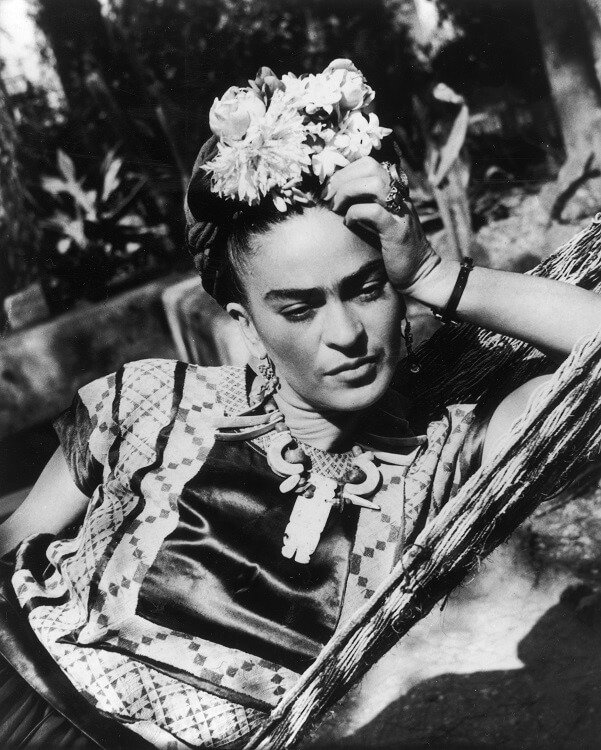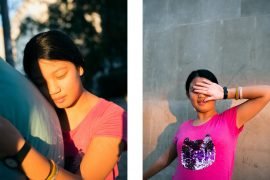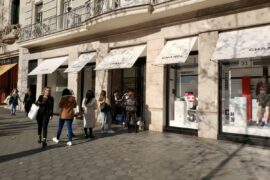[Mexican writer and diplomat] Carlos Fuentes wrote that Frida “was a broken Cleopatra that hid her tortured body, her crippled leg, her maimed foot and her orthopaedic corsets under the spectacular luxuries of the Mexican peasant women who have for centuries jealously hidden their ancient jewels, protecting them from poverty, showing them only in the great celebrations of the agrarian communities. The lace, the ribbons, the huipil [tunics], the tehuan headdress framing that dark butterfly face, like moons, giving it wings: Frida Kahlo, telling everyone present that suffering would not wither, nor disease would stale, her infinite feminine diversity.”
Frida fascinated in life, and continues to fascinate over six decades later, now as a pop icon. Thus, she inspires teenagers who dress up as her for Carnival just as much as she does the greats of the fashion industry, who dedicate their latest collections to her. The new season from Stradivarius drapes spectacular models with thick eyebrows in floral headdresses and T-shirts with the artist’s face and phrases like “a besos entiendo, a veces no”.
“How could they turn her into this? I can’t believe they made a Barbie from our Friducha [an affectionate sobriquet] who never tried to look like anyone else and always celebrated her originality,” protested Salma Hayek from her Instagram account. But the actress, an Oscar candidate for her performance in “Frida” (Julie Taymor, 2002), forgets that Magdalena Carmen Frida Kahlo Calderón accrues all the elements to be fiercely pillaged by the market: courage, originality, resilience (one of those en vogue concepts, which according to the dictionary appeals to the “capacity of adaptation of a living being before a disruptive agent or an adverse state or situation”), tradition, ambiguity, sensuality, feminism, struggle and colour, lots of colour.





















